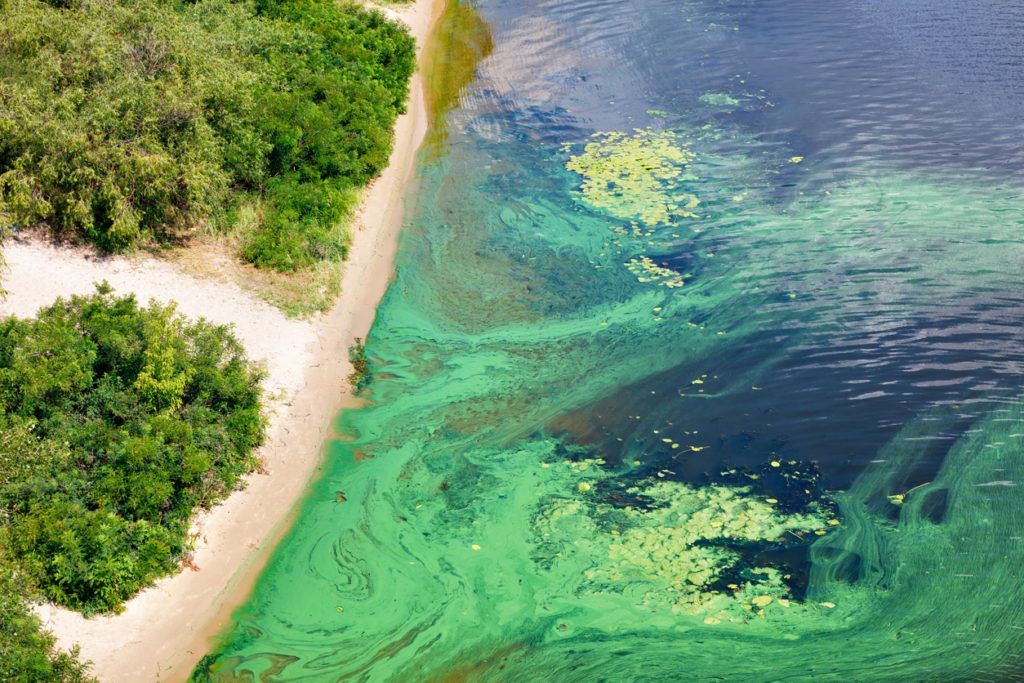What Is the Big Deal with Algae Blooms?

If you’ve ever lived by a lake or spent time around one for a vacation, you may have heard talk about algae blooms. You may have even heard noise about them when visiting certain beaches. Maybe they’ve been the reason why you’ve not been able to spend your time in the water the way you wanted. All of that has caused you to wonder what the big deal is anyway.
Causes of Algae Blooms
Algae blooms are what it’s called when the algae that are present in water experience a sudden burst of growth. This usually happens when nutrients are introduced to the area. Phosphorus and nitrogen are common culprits that can make their way into the water from fertilizer runoff. In the ocean, upwelling caused by winds and ocean topography can cause nutrients upward, allowing algae to feed on them.
Risks Posed by Algae Blooms
Not all algae blooms are inherently harmful, but some are. Some blooms may release toxins that can harm other organisms, including humans. Sometimes the bloom is large enough that it blocks out the sun, preventing sunlight from reaching other lifeforms. They may deplete the levels of oxygen found in the water as well. This can be devastating to other aquatic life. In response to algae blooms, cities may find it necessary to cut off water to their residents until the problem can be resolved, and some states may have to close fisheries.
What Gets Rid of Them
There are two ways to get rid of algae blooms: allowing algae-eating species to thrive, and reducing the number of nutrients that make it into the water in the first place. Filter-feeding shellfish such as oysters, clams, and shrimp all eat algae. That would be all well and good, but their populations are declining. Restoring the populations of these shellfish along with other algae eaters can help keep water cleaner and reduce the frequency of harmful algae blooms. Other solutions include treating wastewater before it enters other bodies of water to reduce the number of nutrients that make their way in. Reducing fertilizer overuse and reducing runoff, in general, can also help.
Some algae blooms are more icky than harmful, but others can be dangerous. The better you understand them, the more you’ll be able to adjust your behavior appropriately. Ultimately, it’s important to understand what risks algae blooms pose so that you know what you’re getting into both literally and figuratively.
Have you ever found yourself wondering Is That Lake Safe for Swimming? Click the link to find out more.
The post What Is the Big Deal with Algae Blooms? appeared first on Swim Jim.







